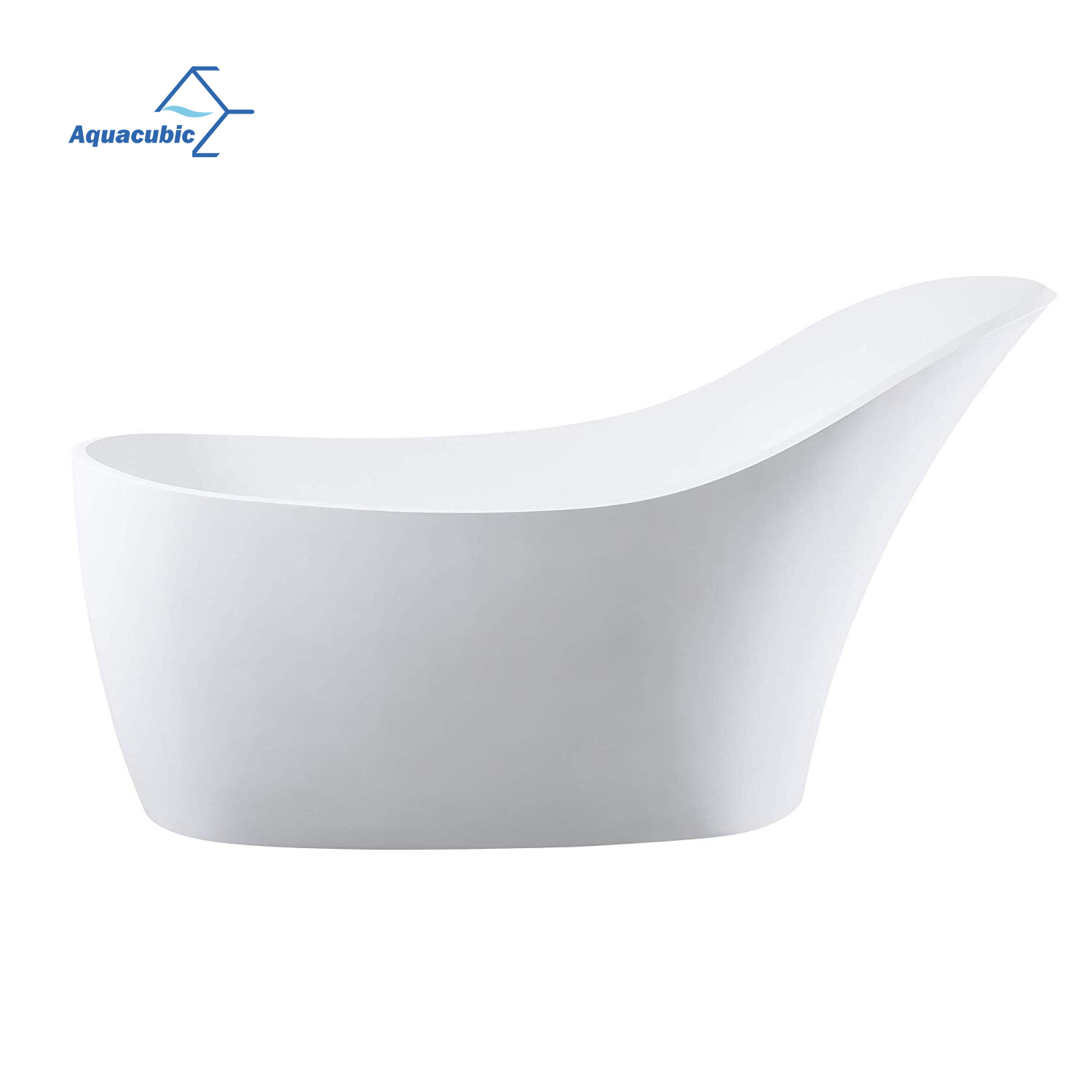Our pursuit and company goal is to "Always satisfy our customer requirements". We continue to develop and design superior quality products for both our old and new customers and achieve a win-win prospect for our clients as well as us for white aluminum curved shower curtain rod,
drinking water faucet kitchen sink, Gunmetal Black Faucet, Brushed Nickel Bridge Faucet, Brushed Nickel Shower Set, Splash-Proof Deck mount Pull Out Bathroom Faucet, Base on the business concept of Quality first, we would like to meet more and more friends in the word and we hope provide the best product and service to you., Liberia, Our staffs are rich in experience and trained strictly, with professional knowledge, with energy and always respect their customers as the No. 1, and promise to do their best to provide the effective and individual service for customers. The Company pays attention to maintaining and developing the long-term cooperation relationship with the customers. We promise, as your ideal partner, we will develop a bright future and enjoy the satisfying fruit together with you, with persisting zeal, endless energy and forward spirit. Aquacubic provides "Quality Bath & Kitchen Solution" to our customers.Quality is always the first priority of Aquacubic.
Check out our foldable faucet selection for the very best in unique or custom, handmade pieces from our shops. Privacy Settings Etsy uses cookies and similar technologies to give you a better experience, enabling things like: basic site functions ensuring secure, safe …
With its fine details, gorgeous lines, and its modern features, the Huntington Brass …
China Hot And Cold Brass Basin Faucet Mixer Tap with High-Quality, Leading Hot And Cold Brass Basin Faucet Mixer Tap Manufacturers
Faucet Water Filter with Washable Filter,Tap Water Filter, Faucet Mount Water Filters for Kitchen Sink, Reduces Chlorine
25/11/2022· Pull down hose and water Line hose altogether preinstalled in kitchen faucet to save much time under the sink. more 4 BASDEHEN Faucet Kitchen Sink with Sprayer Brushed Nickel Bifunctional Spring Commercial Kitchen Sink Faucets Solid Brass with 10 Inch Mounting Table 1 Hole Or 3 Hole Compatible View on Amazon SCORE 9.2 G-NYC Score
19/1/2022· A farm-style sink is much heavier than a traditional sink, and porcelain is very heavy. Therefore, it is important to choose a support system to keep the weight of the sink on its own. The best solution is to use several wooden boards that are glued together with wood glue. Once the wood is glued, place the boards on the counter.
Rubik Shower Curtain Rod, Stainless Steel Adjustable 42.5 to 79 Inches (108*201cm) Curtain Rod No Drilling (Type A) 7 AED3900 10% extra discount with Citibank Get it as soon as Thursday, November 17 FREE Delivery on eligible first order
【Heavy duty and durable】Made of 16 gauge 304 grade POSCO brand stainless steel; top …































